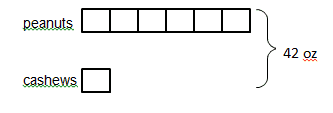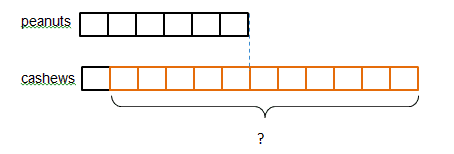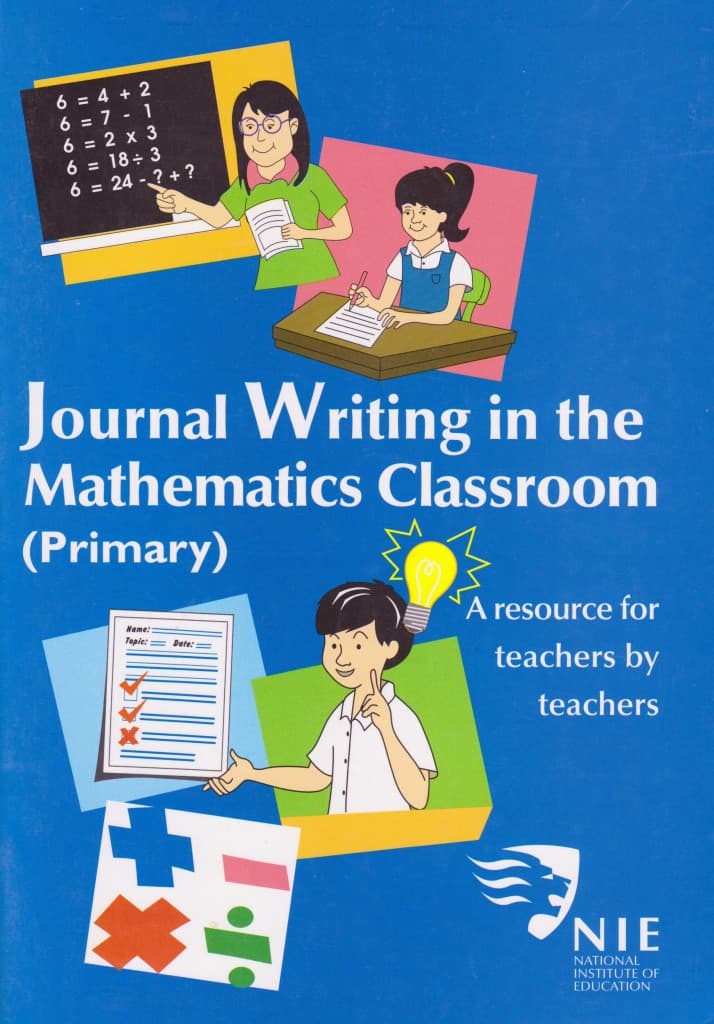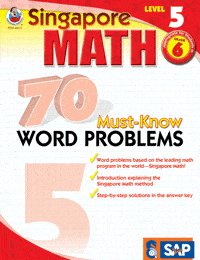A recent visitor left this comment:
I am part of a team of first grade teachers at my school. We are piloting Singapore Math this year. We are creating assessments and were looking for ready-made assessments to genuinely fit the curriculum.
One of the challenges for a classroom teacher using the U.S Edition is that there aren’t any assessments ready-made. The Standards Edition of Primary Mathematics has assessments, however they won’t correspond directly to the U.S. Edition Materials.
Keep in mind that if you write the questions, you can tailor them to the objectives of your lessons. Are you assessing for basic competency? Are you assessing for deeper understanding? Additionally, for a teacher-created assessment, you need to create an answer key. I frequently hear from teachers who tell me, “Well, I gave this test, but all I have is the answer and I’m not sure how to work the problem.”
That being said, I know teachers’ time is valuable. Many teachers use questions from the Review sections of the textbook. Other basic questions from Intensive Practice books or practice problems from the Challenging Word Problems books could be used as well.
Be sure to save any well-written assessments for future use. After one year of working with the materials, you should have a good bank of assessments for future years.
One site that offers Singapore test paper problems for free (with registration) is Old School. At the first grade they have several mid-year and end-of-term papers available. Teachers can select the questions, either short answer or multiple choice, and create an assessment. Additionally, you can choose problems from a list of topics. Topics for first grade are:
- Addition and Subtraction
- Combination Questions (3%)
- Comparing and Ordering numbers (13%)
- Division (1%)
- General (1%)
- Graphs (5%)
- Measurements (7%)
- Multiplication (3%)
- Notation and Place values (9%)
- Shapes and Patterns (12%)
Would you be interested in a test bank of questions? How about a place for sharing some teacher-made tests?

























